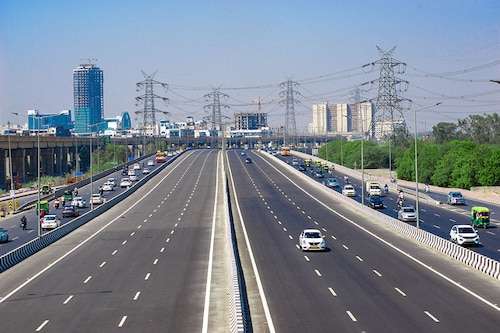Budget 2023: Create jobs, spur demand, win votes
Budget 2023 may be populist, but not because of personal tax rejigs or a social welfare focus


If you believe Budget 2023 is populist and election-focussed because it broadens personal tax slabs, with the not-so-subtle nudge towards the new tax regime, you may be wrong. After all, as this story suggests, if you have been availing of tax exemptions and deductions, you may be better off with the old tax regime.
If you believe Budget 2023 is populist and election-focussed because of the social welfare focus, you may be wrong again. As the Economic Survey released on January 31 points out, the government’s spending on social services and social wellbeing is not a one-year afterthought it has been rising since fiscal year 2016. “The share of expenditure on social services in the total expenditure of the government has been around 25 percent from FY18 to FY20. It increased to 26.6 percent in FY23 (BE)," says the Economic Survey. What is more, the focus here could have been sharper this year after all, budgetary allocations in two crucial prongs of improved socioeconomic conditions—health and education—are lower than in the previous year proposed expenditure on health care as a percentage of overall budgetary allocations has slipped to 1.97 percent from 2.2 percent a year ago the education allocation is also marginally down to 2.5 percent.
Budget 2023 can doubtless be dubbed growth-oriented because of the proposed 33 percent increase in capital expenditure to Rs10 lakh crore in fiscal 2024, an all-time high. Is this populist? Maybe, because increased capex will spur jobs and consumption. Maybe not, because the previous year’s allocation for capex, of Rs7.5 lakh crore, was even higher at 35 percent over the year before.
So, what’s the takeaway here? Clearly, if governments want to be populist, one year is not going to cut it. Social wellbeing as well as economic growth via reforms and expenditure need to be over a drawn-out period, perhaps even beyond a single five-year term. If the Congress-led United Progressive Alliance (UPA) at one point became more famous for its social and welfare schemes than the pathbreaking 1991 reforms, the BJP-led National Democratic Alliance (NDA) earned plaudits for its allocations for defence and infrastructure-creation, right from the early days of the alliance. Today, the government seems to be at ease straddling both worlds.
Another takeaway may be that a growth-oriented and a seemingly progressive budget—with digital transformation, technology and innovation in the mix—can also be populist as aspirations increase. Doles and subsidies are not redundant but, as the saying goes, teach men and women to fish, you feed them for a lifetime.
Perhaps it’s also time to stop labelling budgets with grandiose adjectives. That became fashionable since 1991, when Finance Minister Manmohan Singh used the annual financial statement to embark on the then radical path of economic reforms and liberalisation by reducing the government’s role in business and letting the market find the answers. As the speech paved the way for the rupee devaluation, a liberal industrial policy and foreign direct investment, the 1991 budget came to be—and rightly so—as a ‘Landmark Budget’. It was that because landmarks aren’t reached every other year. Remember, too, that in 1991 the economy was in deep trouble, with the country precariously poised at the edge of a balance of payments crisis.
Such precedence, however, also paves the way for similar superlatives that may prove to be exaggerations. Or cliches. So more than a few budgets after 1991 came to be known as ‘Big-Bang’ ones. And we had the ‘Dream Budget’ of 1997, when Finance Minister P Chidambaram slashed tax rates and customs duties to drive collections and growth. The problem with one ‘big bang’ or one ‘dream budget’, like with one ‘landmark budget’, is that it raises expectations for another one.
Three decades after economic liberalisation, there’s little need for big bangs—pre-election or otherwise. Staying on course with a vision to increase investments, incomes, demand and consumption will work fine, thank you.
First Published: Feb 01, 2023, 18:29
Subscribe Now